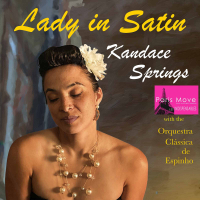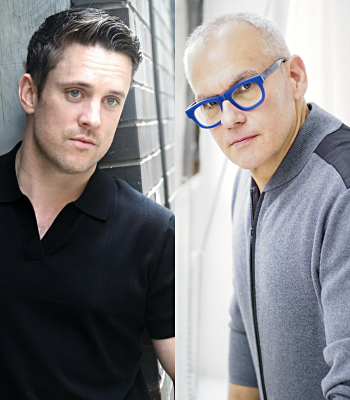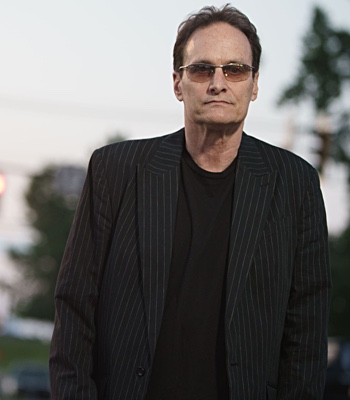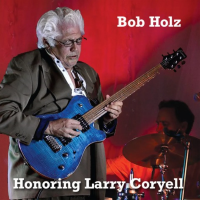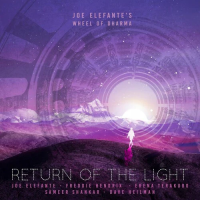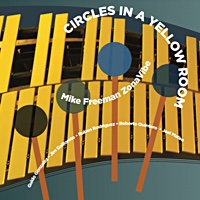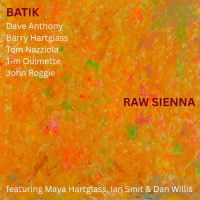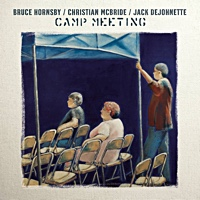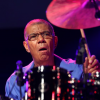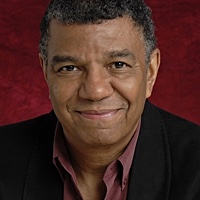Home » Search Center » Results: composer/conductor
Results for "composer/conductor"
Results for pages tagged "composer/conductor"...
John Mayall

Born:
For over 50 years, John Mayall has served as a pioneer of blues music, rightly earning him the title, "The Godfather of British Blues". In 2013, John signed with producer Eric Corne's label, Forty Below Records, and has since been experiencing a true artistic and career renaissance, including a Blues Hall of Fame induction in 2016.
On his latest single, "I'm as Good as Gone," The Godfather of British Blues serves up a deep and funky groove for a song about love on the outs. Written by Grammy winner Bobby Rush, the track features Americana legend Buddy Miller on lead baritone guitar with Mayall mixing it up on Hammond B3 organ. Also, on hand are Mayall’s dynamic Chicago rhythm section of Greg Rzab on bass guitar and Jay Davenport on drums, along with Austin’s Carolyn Wonderland on guitar.
Results for pages tagged "composer/conductor"...
Billy May

Born:
The last of the great arrangers who wrote regularly for Frank Sinatra, Billy May had several varied careers in and out of jazz. His first notable gig was as an arranger/trumpeter with Charlie Barnet (1938-1940), for whom he wrote the wah-wah-ing hit arrangement of Ray Noble's "Cherokee." Later, he worked in the same capacities for Glenn Miller (1940-1942) and Les Brown (1942) before settling into staff jobs, first at NBC studios, then at Capitol Records, where he led his own studio big band from 1951 to 1954. His arrangements for Sinatra, beginning with Come Fly With Me (1957) and ending with Trilogy (1979), are often in a walloping, brassy, even taunting swing mode, generating some of the singer's most swaggering vocals
Results for pages tagged "composer/conductor"...
Max Mathews
Born:
Max Matthews was working as an engineer at the famed Bell Laboratory in 1954 when he was asked to determine if the computer Bell was designing could create music. The landmark Music 2 and later Music 4 projects put the two concepts together as early as 1957 the computer and music had a future and Max was there for the birth. Max had moved on to musical programming when Don Buchla and Robert Moog created similar electronic music in the form of the synthesizer. As a Stanford University professor, Max worked with his close friend John Chowning for several decades on a number of programs including the technology used for Yamaha’s DX7. MUSIC 1, which was quickly replaced by MUSIC II running on an IBM 704 and written in assembler code was the first real computer synthesis programme, developed by Max Mathews of Bell Laboratories in 1957. MUSIC III was written in 1959 for the new generation of IBM transistorised 7094 machines which were much faster and easier to use than the older models
Results for pages tagged "composer/conductor"...
Fate Marable

Born:
Just after World War I, the musical style called jazz began a waterborne journey outward from that quintessential haven of romance and decadence, New Orleans. For the first time in any organized way, steam-driven boats left town during the summer months to tramp the Mississippi River, bringing an exotic new music to the rest of the nation. For entrepreneurs promoting jazz, this seemed a promising way to spread northward the exciting sounds of the Crescent City. And the musicians no longer had to wait for folks upriver to make their way down to New Orleans to hear the vibrant rhythms, astonishing improvisations, and new harmonic idioms being created
Results for pages tagged "composer/conductor"...
Henry Mancini

Born:
Composer/conductor/arranger Henry Mancini was one of the most versatile talents in music. The Mancini name, synonymous not only with great motion picture and television music, but with fine recordings and international concert performances as well.He was nominated for an unprecedented 72 Grammys and won 20 awards. He was nominated for 18 Academy Awards and won four Oscars. He was also awarded with the Golden Globe Award and nominated for two Emmy Awards.
Whether it be a complete score or a featured song, Mancini lent his talents to many memorable films including Victor/Victoria, The Glass Menagerie, The Pink Panther, 10 Darling Lilli, Arabesque, Charade, Days of Wine and Roses, Hatari and Breakfast at Tiffany's.
Results for pages tagged "composer/conductor"...
Jimmie Lunceford

Born:
Jimmie Lunceford led what many consider to be the best swing orchestra of the 1930s. Flashy and talented, Lunceford's band was without a doubt the most entertaining of its day. No one who saw it in performance could ignore the group's infectious attitude and enthusiastic presence. Many of the era's top bandleaders openly borrowed from Lunceford's showmanship. Lunceford spent his formative years in Denver, Colorado, where he studied music under Paul Whiteman's father and in 1922 played saxophone with George Morrison's orchestra at the Empress Theatre. In 1926 he earned a bachelor's degree from Fisk University in Nashville
Results for pages tagged "composer/conductor"...
Guy Lombardo

Born:
Guy Lombardo was more than just an orchestra leader, he was an institution. Every New Year's Eve at the stroke of midnight millions of listeners from all across America would tune in, via radio and later television, to hear Lombardo and His Royal Canadians play their familiar theme song, ''Auld Lang Syne.'' Lombardo was the consummate bandleader. He presented the kind of music that the general public wanted to hear and to which they wanted to dance, what he called the ''Sweetest Music This Side of Heaven.'' The son of an immigrant tailor, Lombardo grew up in a musical family
Results for pages tagged "composer/conductor"...
Milt Larkin
Born:
Milt Larkin - trumpet, vocal, bandleader (1910 - 1996) Milton Larkin was born in Navasota, Texas, on October 10, 1910, and was the leader of one of the greatest of all territory bands that, tragically, never recorded. After hearing Bunk Johnson, Larkin taught himself to play the trumpet. Larkin first freelanced in Texas with such bands as Chester Boone and Giles Mitchell's Birmingham Blue Blowers. During 1936-42 he led his own band touring the Southwest and even played briefly in Kansas City, Chicago and at New York's famed Apollo Theatre. Larkin's band became the premiere Swing aggregation in Houston, Texas, which after being in operation for 4 years, went to Chicago, where they enjoyed a great 9-month stay at Chicago's Rumboogie club
Results for pages tagged "composer/conductor"...
Kay Kyser

Born:
Big Band Leader, Entertainer announcer. Kay Kyser was very successful during his years as a number one band leader in the country and equally productive during his long period of retirement at age 41. He had eleven number-one hit recordings..."Praise the Lord and Pass the Ammunition" "Three Little Fishes" "Jingle Jangle Jingle" "Old Buttermilk Sky" and "The Woody Woodpecker Song." In the late 30's and early 40's, Kyser's band appeared in seven motion pictures..."Stage Door Canteen" "Thousands Cheer" and Carolina Blues" where the story was about the band. However, his greatest success was in radio, the media which propelled him and his Orchestra to fame with the radio show and finally television, "Kay Kyser's Kollege of Musical Knowledge." Kyser in reality had a two phase life career both different in demeanor, one in show business and another in diverse public service and religion
Results for pages tagged "composer/conductor"...



